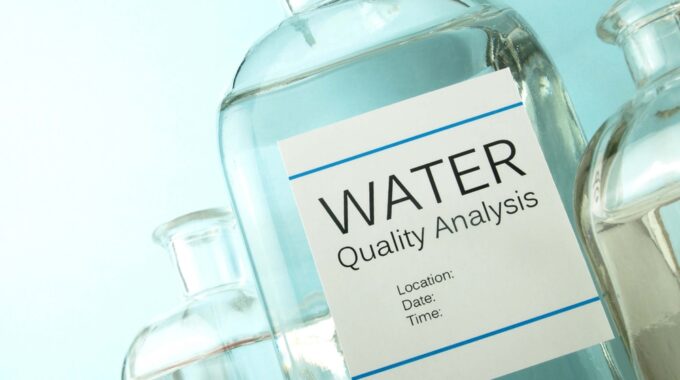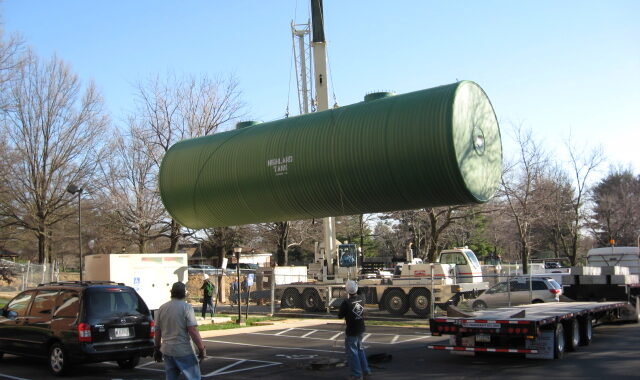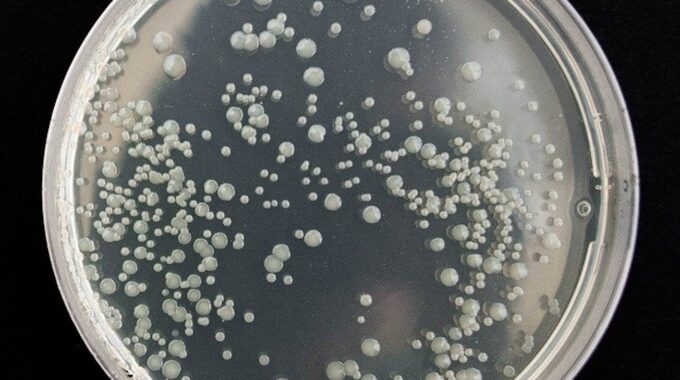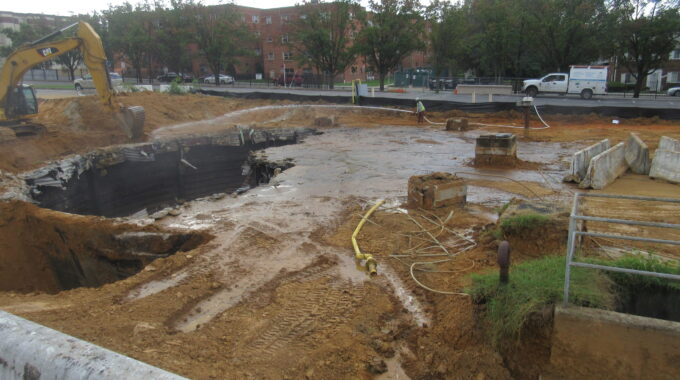Maintenance plans and cleaning and disinfection procedures should be adapted to the needs and specifications of each cooling tower system. In addition to planning ahead, maintenance and management plans should be updated to reflect the most recent risk assessments as well as any changes, concerns, or issues with the system. Well-planned cleaning and disinfection ahead of seasonal startup can help mitigate future costs and save energy.
Preparing Your Cooling Tower for Summer

Planning ahead now can help you avoid unexpected delays and costs during the hot summer months when cooling tower operation may be impacted.
When it comes to cooling towers, it is important to remember that high summer temperatures may impact cooling tower operation. This makes planning ahead for seasonal startup and cleaning critical to avoiding unexpected costs and delays.
It is important to closely monitor water quality during hotter summer months when Legionella and other bacteria can multiply quickly. Refer to the reminders below as you approach your seasonal startup and plan ahead for effective cleaning and disinfection:
1. Plan Ahead with Responsible Parties
The spring season offers an ideal time to conduct an annual review of maintenance and water management plans with all responsible parties and those on your Water Management Team. Reach out to water treatment vendors and mechanical contractors to schedule cleanings, disinfection, on-site visits, routine water treatment, and summer hyperhalogination.
In addition to preventative maintenance for cooling tower systems, Legionella should be considered when ascertaining the need to perform enhanced disinfection procedures and validate the efficacy and effectiveness of maintenance procedures or corrective actions.
Rapid changes in weather and temperature can cause early or partial system startups followed by periods of reduced operation. Plan ahead for any temporary or early startups and adjust operations accordingly while monitoring the weather.
2. Every Cooling Tower System is Unique
3. Effective Cleaning and Disinfection Procedures
Legionella can be found in any number of parts in a system. Be sure to clean and disinfect all parts of your system, including seldom used or offline parts of the system. Standing water, low water, low flow rate, and improperly cleaned or disinfected segments of the system can contribute to and harbor Legionella growth.
This may require temporarily performing seasonal hyperhalogenation of the cooling tower system, raising free residual oxidant targets, adjusting cycles of concentration or performing supplemental biocide additions. By dosing cooling tower systems with higher-than-normal levels of chlorine- or bromine-based biocide, for example, building owners and maintenance staff can add an extra layer of protection to help prevent ideal conditions for Legionella growth.
Please see the HPE resources below for additional information on Legionella Risk Management Plans, Legionella sampling and collection, CDC Legionella sampling procedures and understanding Legionella test results.
If you have further questions or require guidance on Legionella sampling and procedures, please reach out to HPE’s Microbiology experts for assistance. HPE Director of Microbiology Jonathon Hall can be reached at jhall@hpenviron.com or by calling our offices during business hours at 703-471-4200.
“Operate at the lowest possible water temperature outside Legionella’s favorable growth range (77–113°F).”
-Centers for Disease Control and Prevention (CDC), Legionella Control Measures for Cooling Towers
Does HP Environmental have any free resources about Legionella?
Yes, HPE is happy to provide resources on Legionella and Legionella sampling free of charge. If you should have any additional questions about Legionella, building maintenance, collecting samples or environmental concerns, please do not hesitate to contact our offices at 703-471-4200 or email us at micro@hpenviron.com.
Legionella Sample Collection Procedures


